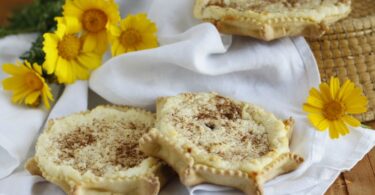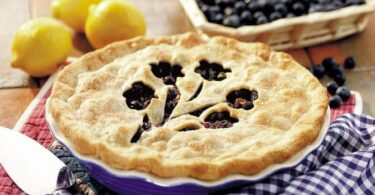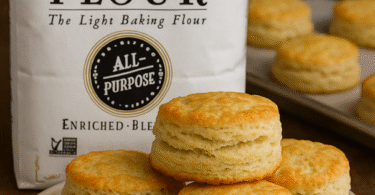INGREDIENTS
For the pastry layers:
- 600 g all-purpose flour ([4 ¾ cup])
- 200 g butter, unsalted, room temperature ([¾ cup])
- 200 g granulated sugar ([1 cup])
- 2 whole eggs
- 1 tbsp baking powder
- 180 ml sour cream ([¾ cup])
For the filling:
- 1.2 l milk ([5 ⅛ cup])
- 200 g granulated sugar ([1 cup])
- 70 g all-purpose flour ([½ cup])
- 60 g cornstarch ([½ cup])
- 20 g cocoa powder ([¼ cup])
- 100 g dark chocolate, 60-65% ([3 ½ oz])
- 250 g butter, room temperature ([1 ⅛ cup])
For the glaze:
- 200 g dark chocolate, 60-65% ([7 oz])
- 5 tbsp sunflower oil ((or any vegetable oil))
- 3 tbsp whipping cream, liquid, not whipped







Leave a Comment